Cuba is an island country in the northern Caribbean Sea.
Its population of 11.2 million people is a unique blend of African, Spanish, and Caribbean cultures.
The Cuban people love their cigars, baseball, dancing, and food (sounds good so far).
Despite the bad press that the Cuban government often gets, the residents are known for being gracious, hospitable, truly interested in learning about other cultures, and wanting to share their own stories.
A visit to Cuba is truly a one-of-a-kind experience.
It’s like stepping back in time, with tons of classic cars, historical landmarks, and tobacco plantations and countryside untouched by time.
But there’s also modern nightlife, like the dance club that’s 100 feet underground, stalagmites and all.
There are street markets and shopping, restaurants and cafes, beaches and museums.
But how safe is it?
The short answer is, very safe, at least for tourists.
The Cuban government makes a lot of money from tourists, so they do not tolerate anyone committing crimes against them.
If someone is caught committing a crime, be it ever so petty, the punishment is severe.
There’s also a large police and military presence in all tourist areas, so crime is the least of your worries while in Cuba.
The island nation does not publicize its crime statistics, nor do they share them with residents.
The state-run newspapers don’t even have a crime blotter.
So, when talking about crime and danger in Cuba, it’s more of a word-of-mouth determination.
Occasionally, some other countries will publish advisories and warnings, but that is about it.
We can tell you that after scouring Quora, Reddit, and places like Trip Advisor, most people that traveled to Cuba raved about how safe it was.
Of course, there was some theft, petty crime, scams, and the occasional fight or assault, but everyone said how safe they felt in most of the country.
So when we list the most dangerous cities here, it’s not that your life is in any sort of danger, or you should not go there.
Simply, when compared to other places, these cities had more crimes occur.
With that said, read on for the most dangerous cities in Cuba.
Contents
Most Dangerous Cities In Cuba
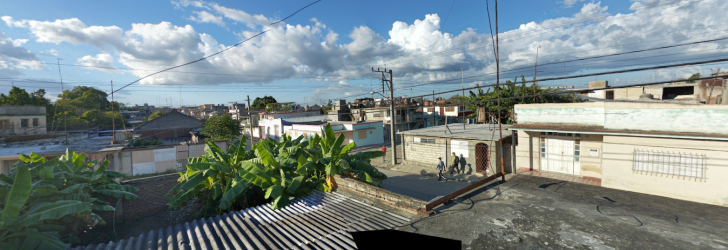
10. Palma Soriano, Cuba
Palma Soriano lies on the Cauto River and is known for its great hunting.
They also have some great museums and restaurants.
Be careful if staying in a hostel, as there have been many reports of people being robbed.
When in the street, guard your purses and wallets, because snatches and grabs are common.
Also, there are often government protests and demonstrations in the city.
It’s important not to involve yourself.
Even just being a bystander could land you in trouble.
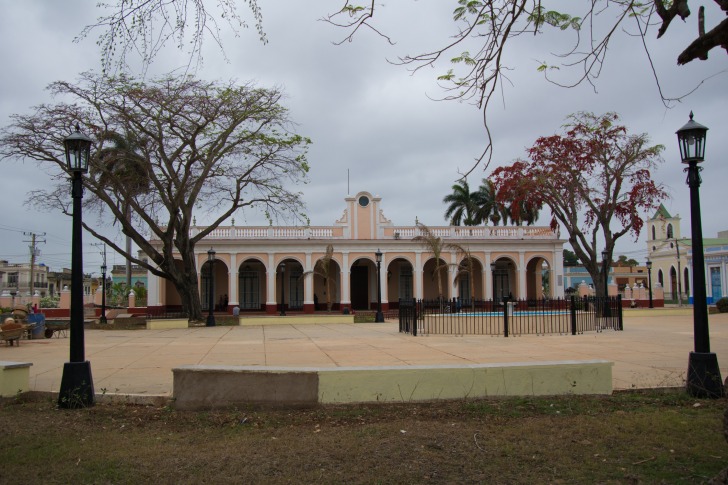
9. Cardenas, Cuba
With a population of 103,000, Cardenas was the first place to ever raise the Cuban flag.
It’s known for its classic Cuban cooking and friendly locals.
It’s a great place to grab some food and learn about the history of Cuba.
Visitors should be careful of pickpockets and scams in this area.
While people are friendly, be suspicious of people offering services in exchange for something.

8. Sancti Spiritus, Cuba
Sancti Spiritus is the oldest settlement in Cuba.
With a population of 108,400, it’s quaint and traditional.
Best known for its historical landmarks, parks, and museums, it’s a nice day trip for tourists.
While it’s mostly safe for visitors, crime has increased for its residents.
So far in 2023, the town has seen 2 brutal murders, one related to domestic violence and the other over a car.

7. Ciego de Avila, Cuba
This city is home to the University of Ciego de Avila and has a population of 497,000.
They are known for their performing arts scene and amusement park.
Unfortunately, street gangs have become a problem here.
They often target buses and taxis, hiding in bushes until the vehicle stops.
Then they either crack open the storage areas or strong arms rob the occupants.
Tourists are advised to use caution when traveling around the city.
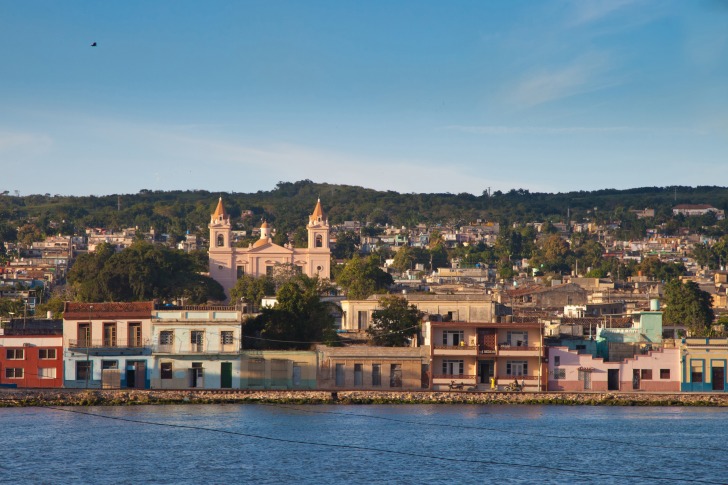
6. Matanzas, Cuba
Matanzas is a city of 140 000 people located on the northern shore of Cuba.
It’s known for its university, underground swimming caves, and secluded, quiet beaches.
While crime reported is low, at 5 on the index scale, petty crime is known to occur.
Theft at the beaches and other attractions is common if you’re not careful.
Being a college town, there are sometimes demonstrations and protests.
Though mostly peaceful, tourists mustn’t get involved.
Walk away from these events.
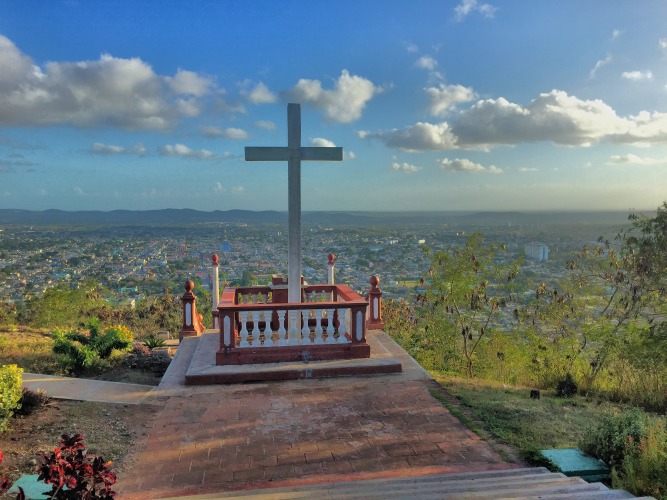
5. Holguin, Cuba
Located on the eastern shore of Cuba, Holguin is home to some of the most beautiful beaches in the Caribbean.
They are also known for their great, all-inclusive resorts.
Tourists to these resorts should be on high alert in these areas for hustlers, theft, and counterfeit cigars.
Never buy cigars on the street or without a certificate of authenticity.
When you go to the airport, you’ll have a big problem with customs.
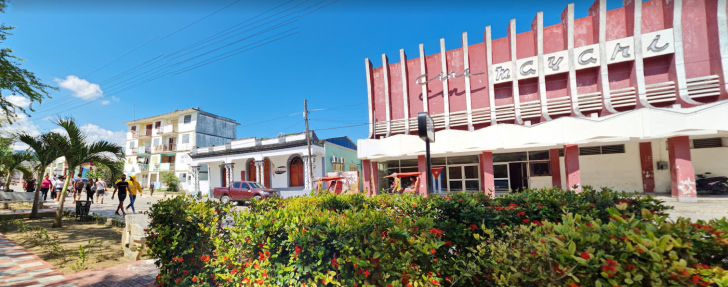
4. Mayari, Cuba
Located on a gorgeous bay, Mayari has a population of 95,400 people.
It’s a town full of charm and natural beauty.
One of the top attractions is the collection of waterfalls.
Tourists can feel safe from violent crime here, but there have been incidents where cars have been stolen and held for ransom.
There’s also been more than one occasion where possessions have been “seized” because they’re suspected of being stolen or used in a crime, even though they’re not.
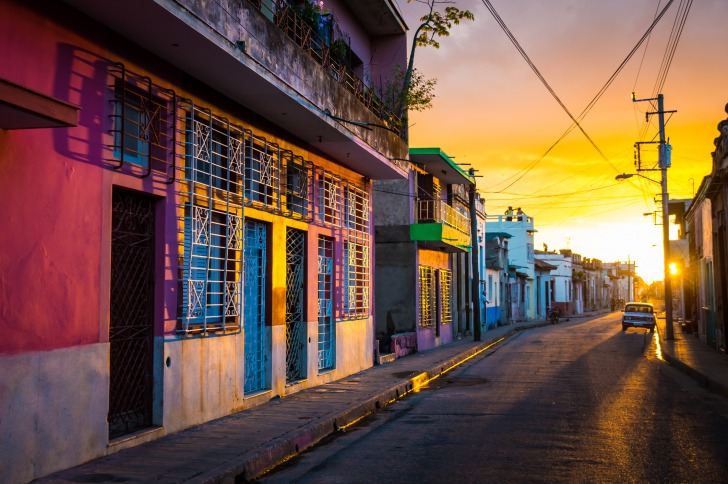
3. Camaguey, Cuba
The 3rd largest city in Cuba, Camaguey, has a population of 321,000.
It’s best known for its university, as well as its winding streets full of cafes, jazz clubs, and rum bars.
It’s not typically a huge tourist spot, but it’s nice for a day trip.
There is an issue with domestic violence in the town. Last year a woman was murdered by her former boyfriend.
That was the 34th reported domestic murder in Cuba that year.
As with all places, tourists should beware of strangers approaching them in Camaguey.
Visitors are often the target of petty crime.
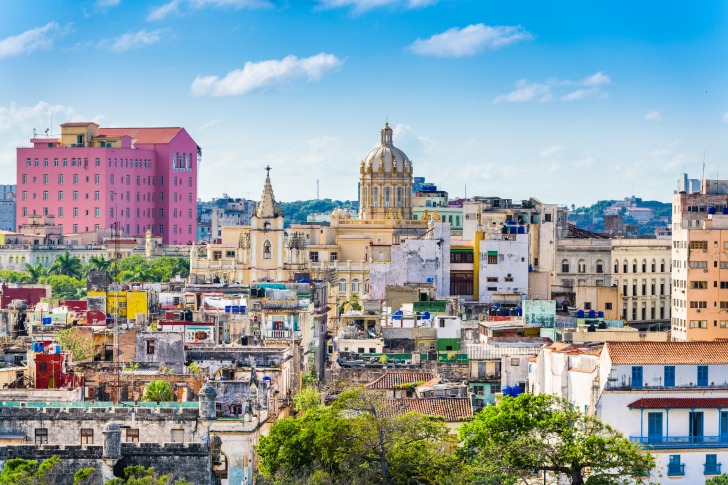
2. Havana, Cuba
Havana is the capital of Cuba and has a population of 2.1 million people.
It’s a port city with a beautiful deep sea bay. It’s a historical city with a lot of Spanish colonial architecture.
Visitors can walk the El Malecon boardwalk along the ocean or stroll one of the many open-air bazaars.
There are a ton of cathedrals, palaces, and museums to visit.
You can even drive a vintage car and learn to salsa dance.
There’s also great food and fabulous nightlife.
While Havana is mostly safe, and violent crime is rare, Havana does have an overall crime index of 30.9.
Tourists are often suspected to snatch and grab, pickpockets, and theft.
There are also many scams having to do with money exchanges, restaurant menus, and taxis.
It’s recommended that you steer clear of the Centro Habana and Marianao neighborhoods at night.
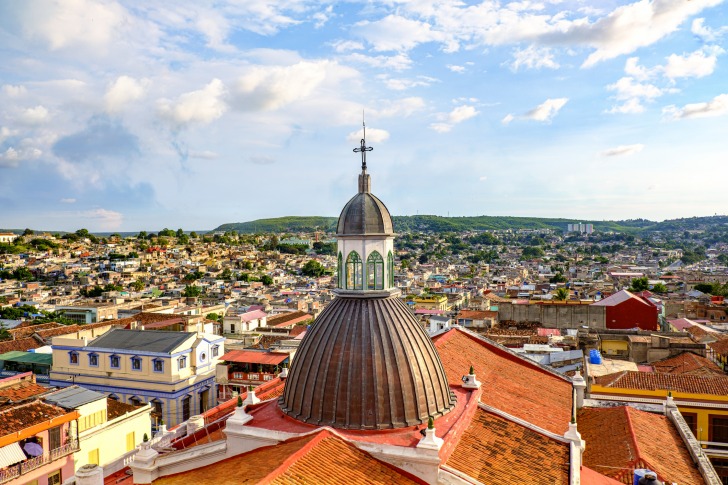
1. Santiago de Cuba, Cuba
Facing the bay off the Caribbean Sea, Santiago is the 2nd largest city in Cuba with a population of 433,500.
It’s the birthplace of Bacardi rum, so be sure to check out the museum dedicated to the brand.
The city is known for its music, beaches, and loud, but fun-filled street activities.
As far as crime, Santiago’s crime index score is moderate at 47.2.
As with other parts of Cuba, there is no need to worry about violent crime.
However, if you’re not careful, it’s easy to become a victim of purse snatching, theft, and scams.
This city also has a problem with “jinteros” or hustlers.
These are people that will offer you a service in exchange for goods, money, or even a drink.
Just smile politely and move along.
5 Safety Tips For Traveling To Cuba
- Don’t let your belongings out of your sight. Especially at the airport. Baggage is known to get broken into.
- Always carry a photo ID. You can be detained if you don’t.
- Don’t take photos of the police or military. This is illegal in Cuba and can cause trouble.
- Don’t hire any “tour guides” at the airport. This is a common scam.
- Under no circumstances should you carry or use illegal drugs. Cuba is not the place to party in this way. Drug offenses are severely punished. The last thing you want is to end up in a Cuban prison.
Cuba Safety Overview
READ THE FULL REPORT: Cuba Safety Review
Safety Index: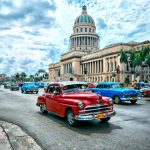
- OVERALL RISK: MEDIUM
- TRANSPORT & TAXIS RISK: MEDIUM
- PICKPOCKETS RISK: MEDIUM
- NATURAL DISASTERS RISK: LOW
- MUGGING RISK: LOW
- TERRORISM RISK: LOW
- SCAMS RISK: HIGH
- WOMEN TRAVELERS RISK: LOW
Frequently Asked Questions
When is the best time to travel to Cuba?
December through April is the main tourist season, as this is when the weather is most agreeable.
November and May are still pleasant and there are fewer people.
The summer months are extremely hot and humid, plus it’s hurricane season.
What should I bring to Cuba?
Aside from the usual, bring your own sunscreen, shampoo, and over-the-counter medicine.
These things are hard to find and can be expensive.
Also, bring at least one roll of toilet paper to carry with you.
Public restrooms often do not have any.
Can you drink tap water in Cuba?
It’s not recommended to drink tap water in Cuba.
It’s best to stick to bottles or get yourself a water bottle with a filter.
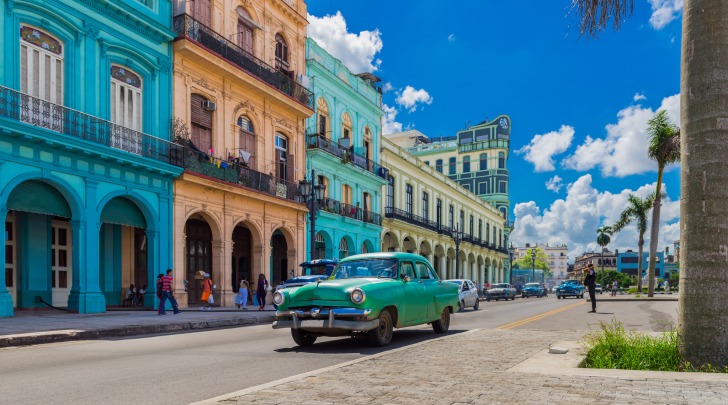
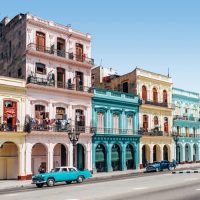
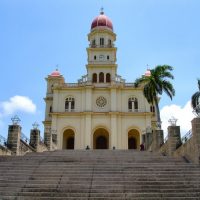
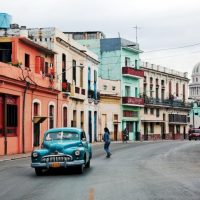
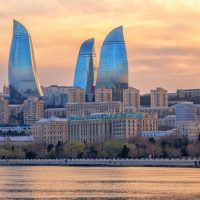
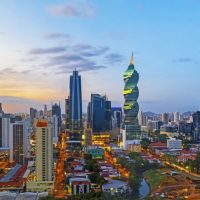






Cuba is a vibrant island country with a unique blend of cultures, friendly and hospitable people, and a mix of old-world charm and modern amenities. While there have been some reports of petty crime, overall it is a safe destination for tourists. As with any travel, it’s important to use caution and follow safety tips to avoid becoming a victim of theft or scams.